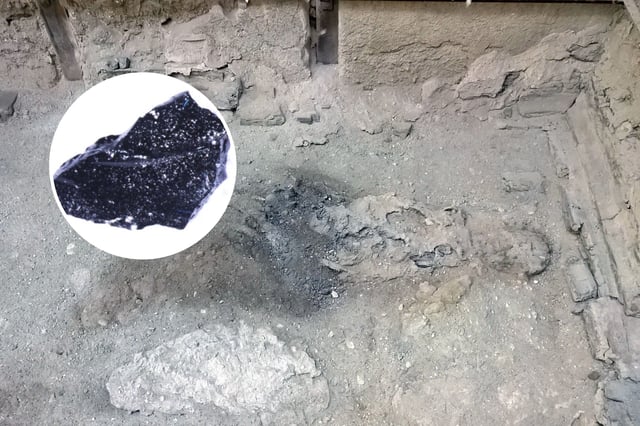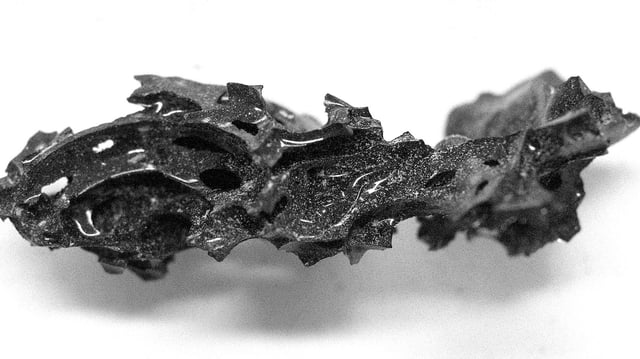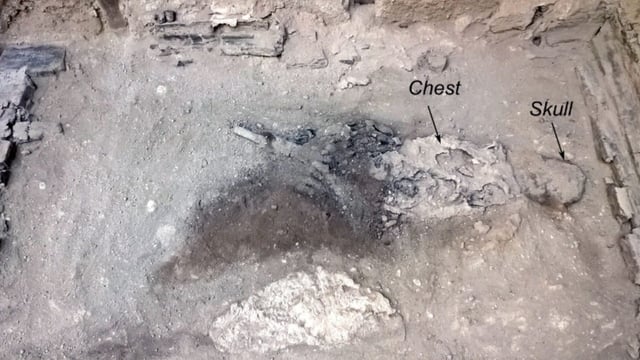Overview
- The vitrified brain, found in the remains of a young man at Herculaneum, is the only documented instance of organic tissue naturally transforming into glass.
- The preservation occurred due to exposure to a superheated ash cloud exceeding 510°C, followed by rapid cooling as the ash dissipated.
- The victim, believed to be a guardian of the Collegium Augustalium, was buried in volcanic flows that protected the vitrified brain from decomposition.
- Advanced analysis techniques confirmed the material's organic origin and identified preserved neural structures within the glass-like fragments.
- This discovery revises the eruption's timeline, suggesting short-lived but intense ash clouds as the initial deadly event before cooler pyroclastic flows buried the city.



